How Many Drafts Should I Write?

Originally published 15/10/2017
I remember when I first came across the concept of writing in drafts. I was in primary school doing some piece of written work (I forget what about) when my teacher told us all to write a rough draft first, then to write a second draft.
Well that’s just silly, I thought (I couldn’t have been more than seven years old). Why don’t I just write it properly the first time?
Because, as Ernest Hemingway (one of the greatest writers of the modern age) pointed out, ‘the first draft of anything is s***’. Now if Ernest Hemingway couldn’t knock out a high quality novel on the first go, what chance have the rest of us got?
‘Okay, okay, I know that already!’ I hear you cry. ‘But how many drafts should I write?’
Ah, well, now you’re asking. The short and somewhat glib answer is, ‘as many as it takes’. In my experience, three would be the bare minimum but no two writers work in quite the same way so if you’re looking for a hard and fast rule, look elsewhere because I ain’t got one to give you. I can only give you the benefit of my limited experience. So, this is what works for me. Feel free to try it out and if it doesn’t work for you, well… don’t shout at me.
Zero Draft (or the ‘Not Technically a Draft, Draft’)
Before I even attempt to write a first draft, I write a zero draft.
‘Well, that just sounds like a load of pretentious nonsense to me!’ I hear you cry.
Well a lot of writers of both fiction and non-fiction use zero drafts and I don’t know whether or not they use the term in exactly the same way I do, but for me a zero draft sits somewhere between free-writing and drafting. I’ll write maybe half a dozen (often more) of these individual, disjointed portions of narrative, without worrying too much about whether it’s any good or not, to help me invent settings, audition characters and generally breathe a bit of life into my ideas and research without worrying about if they will fit into my final project.
This kind of writing is not structured enough to be considered a true first draft but it is more focused than free-writing, which simply involves typing whatever comes into your head even if it’s nothing to do with anything (click here for an example of what free-writing looks like).
Not all writers use zero drafts. They work well for me because, as a half-planner/half-pantser, I need a chapter outline to help me write a draft… but I can’t easily imagine what my characters might do and think unless I’ve already written them into existence. Thus I write a zero draft to help me plan. Then I use the plan to help me write my first draft.
First Draft (or the ‘Tell Yourself the Story Draft’)
This is where I make my first serious attempt at writing my novel/novella/short story/etc in all its fullness. After I’ve completed my chapter outline, story beats, character profiles and all that boring stuff, I should have a pretty clear idea in my mind as to what events should happen and in what order. I know where my story begins, where it ends and the journey it takes to get there. All I have to do is write it, starting with chapter one and ending with the ending.
What I don’t worry about at this stage is my writing style: word choice, figurative language, or even more basic things spelling and grammar. I try to stick to a rough word count, but even then, I don’t let it hinder me. The point of this stage is simply to get the story out in all its fullness, no matter how badly written it may be. Or, as Terry Pratchett put it, ‘the first draft is just you telling yourself the story’.
Write it quickly. Don’t edit it. It can be rubbish, as long as it’s complete (note: it should still make sense, however, assuming you’ve done the planning bit properly!).
Second Draft (or the ‘Make Your Story Better’ draft)
Congratulations! You’ve completed your first draft. Now go away and do something else for a few days at least.
Done that? Alright, now print off your first draft and read it with a dispassionate eye.
Rubbish right? That’s okay, it’s meant to be. At this stage, I grab my red pen and go through the whole thing picking out everything in the story itself that needs fixing or improving. Shallow characters, unconvincing dialogue, plot holes (though there shouldn’t be too many of those if I planned well in the beginning) and all that sort of stuff. I still don’t waste too much time at this stage thinking about language or style; what matters is the plot, the people and the places that make up my story. Once I’ve worked out everything that needs improved, it’s time to start writing that second draft, slower this time, taking care to apply all the improvements I’ve decided to make.
Note: by ‘writing that second draft’ I do mean writing the whole story all over again from scratch, not simply tidying up the first draft. Keep the first draft safe so you can refer back to it.
Third Draft (or the ‘Make Your Story Beautiful’ draft)
For me, this is the final essential stage of drafting any story I write, although it is entirely possible that I might need to write more if my first ones weren’t up to scratch.
Once I’ve completed my second draft I again set it aside for a little. This time when I come back, I print it off and, using my Red Pen of Editing, go through it with a fine tooth comb working out all stylistic issues. This is without a doubt the slowest draft to create. Every word counts, every sentence matters. By now, I should be fully satisfied with my story (if I’m not, I need to go back and repeat an earlier stage) and am focused purely on turning my story into a work of art. Word choice, turns of phrase, figurative language and all those other subtle things that turns a story into something beautiful. What you’re trying to say should already be well and truly established. For me, the third draft is all about how you say it.
Follow Penstricken on Twitter, Tumblr, Pinterest and like Penstricken on Facebook.
Looking for a gift for the author or fiction lover in your life?
Check out the Penstricken Zazzle store!
Want a blog of your own? Start writing today with WordPress.com!
AUTHOR INTERVIEWS:
Unfortunately, I am unable to take on any more author interviews or solicited book reviews at this time.
You can check out our previous interviews here:
- Sharleen Nelson, author of The Time Tourists [2]
- D. Wallace Peach, author of the Shattered Sea duology [2]
- Jacob Klop, author of Crooked Souls
- H.L. Walsh, author of From Men and Angels [2]
- G.M. Nair, author of Duckett and Dyer: Dicks for Hire
- Georgia Springate, author of Beyond
- S.E. Morgan, author of From Waterloo to Water Street
- Megan Pighetti, author of Fairy-Tailed Wish [2]
- Nancet Marques, author of Chino and the Boy Scouts [VIDEO]

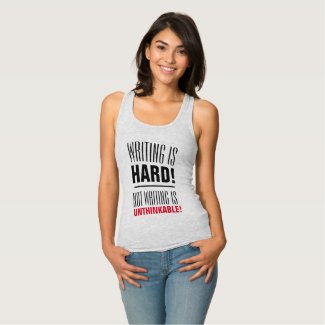
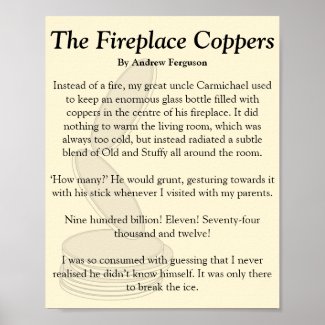

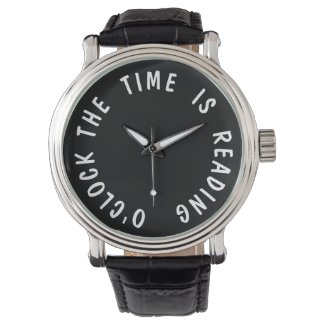
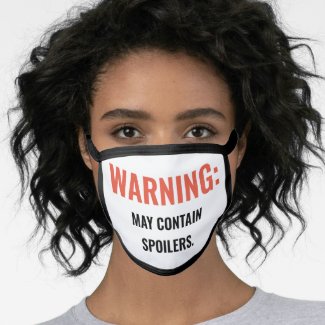
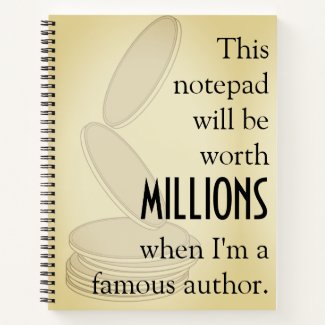




“Most writing isn’t finished, it’s just abandoned.” Was that Scott Fitzgerald? Revise up to the point where you’re just making things worse. Of course you should also have sought some well-intentioned, but blunt, comments from others. Critiques from readers who aren’t themselves writers are especially valuable … if you can find any!
LikeLiked by 1 person